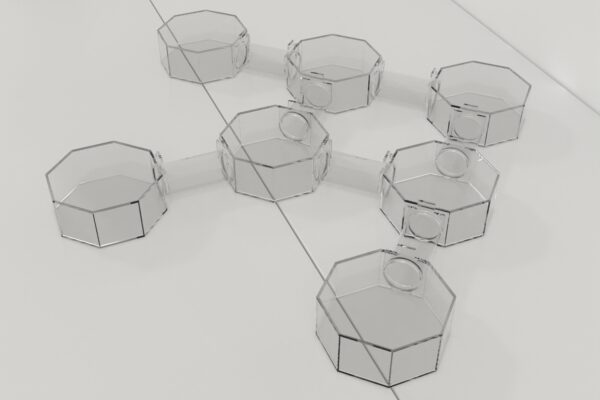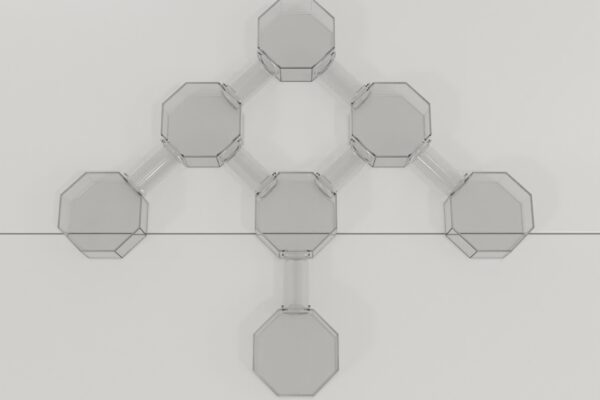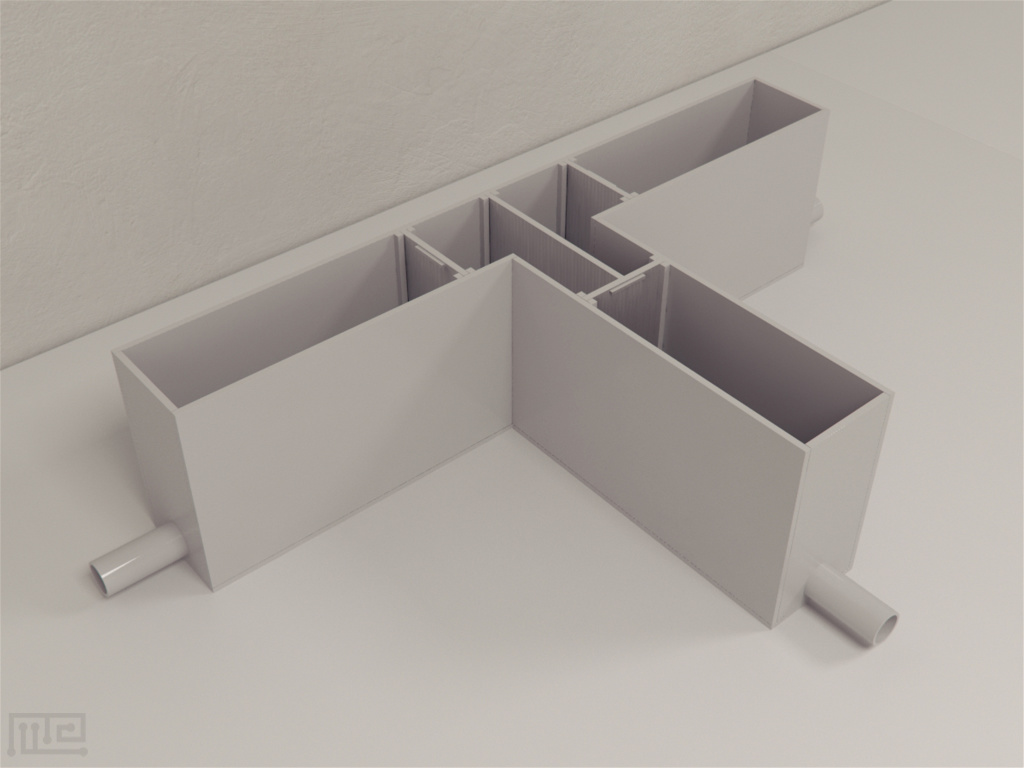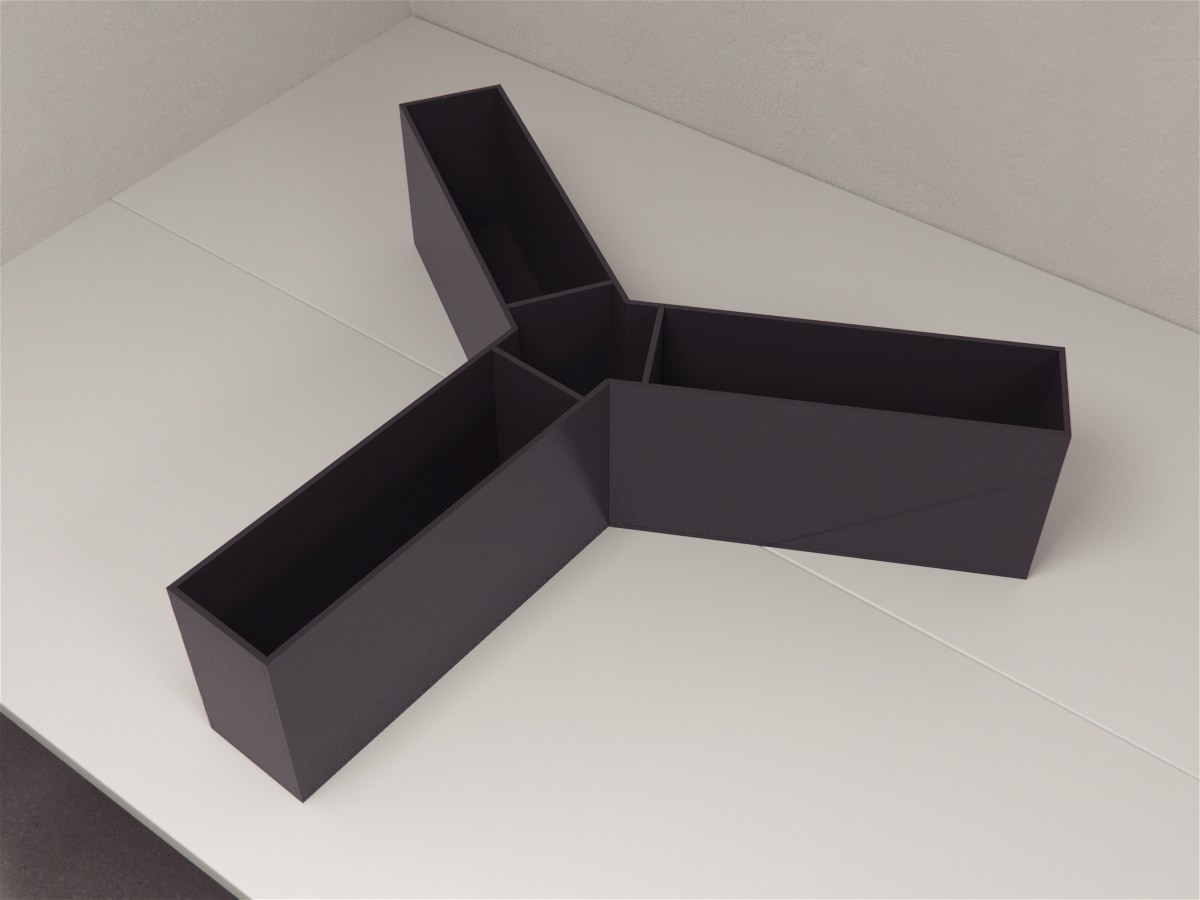Developed by Grieves, Wood, & Dudchenko, 2016, the Y/T Rodent Maze is used to study spatial navigation in rodents. It contains a start box, three-goal boxes, and connecting alleyways.
The maze is essentially a combination of the standard Y-Maze and two T-Mazes.






